Deck & Commander Strategies
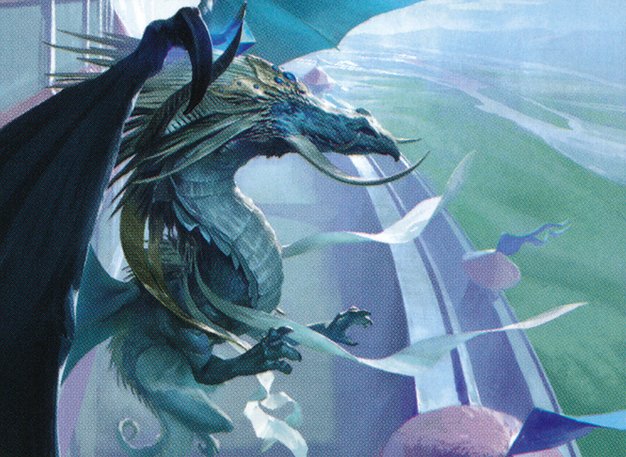
Arcades, the Strategist
Utilizes walls and other defenders as aggressive creatures by drawing cards and increasing toughness, aiming to create large creatures quickly and overwhelm opponents.
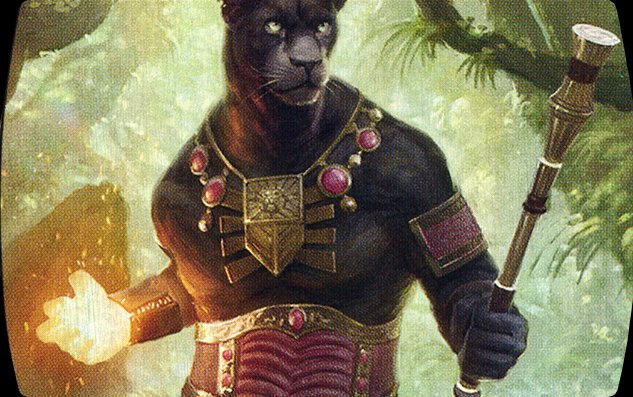
Lord Windgrace
Focuses on land ramp, card draw, and board control through defensive creatures, using his abilities to maintain resource advantage and stabilize the board.

Aminatou, the Fateshifter
Employs value creatures, tutoring, and cascade spells to generate card advantage and control the game, leveraging powerful combos and control elements.
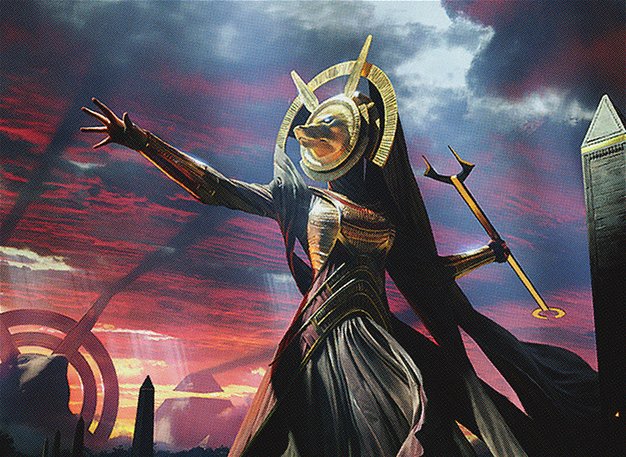
Hazoret the Fervent
Aggressive burn and creature strategy, using early damage sources and continuous burn spells to pressure opponents while maintaining board presence with Hazoret.
Gameplay Insights
- 1
Arcades' card draw triggered by playing walls allowed for continuous resource advantage and enabled large creatures to be built quickly.
- 2
Lord Windgrace’s use of wall creatures combined with Tower Defense to survive aggressive attacks showcased effective defensive synergy.
- 3
Aminatou’s cascade chain with spells like Enigma Sphinx and Cataclysmic Gearhulk created powerful board states that pressured opponents significantly.
- 4
Hazoret’s repeated use of Outpost Siege to exile burn spells and apply incremental damage was pivotal in maintaining pressure on the table.
- 5
Board wipes and key removal spells reset the battlefield but commanders’ recursion and value abilities allowed players to quickly recover.
- 6
The use of sacrifice effects and token generation (e.g., Aminatou’s worms from Wormcoil Engine) helped maintain board presence amid heavy removal.
- 7
Swords to Plowshares and similar removal were used strategically to neutralize key threats like Yanet, the Cryptic Sovereign, swinging combat phases.
Notable Cards
-

Arcades, the Strategist
-

Lord Windgrace
-

Aminatou, the Fateshifter
-

Hazoret the Fervent
-
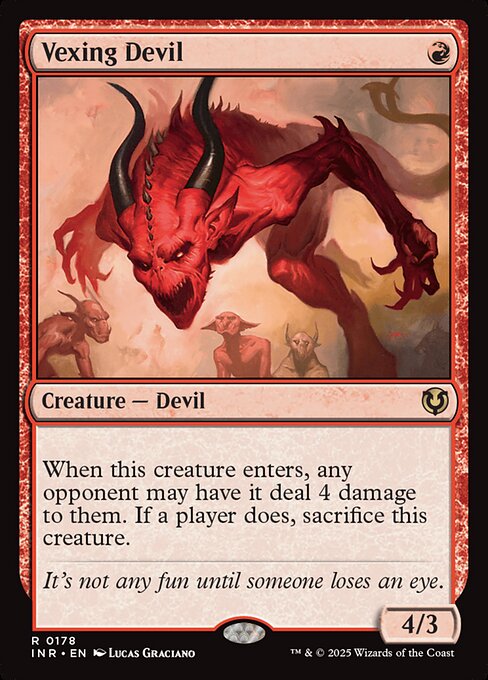
Vexing Devil
-
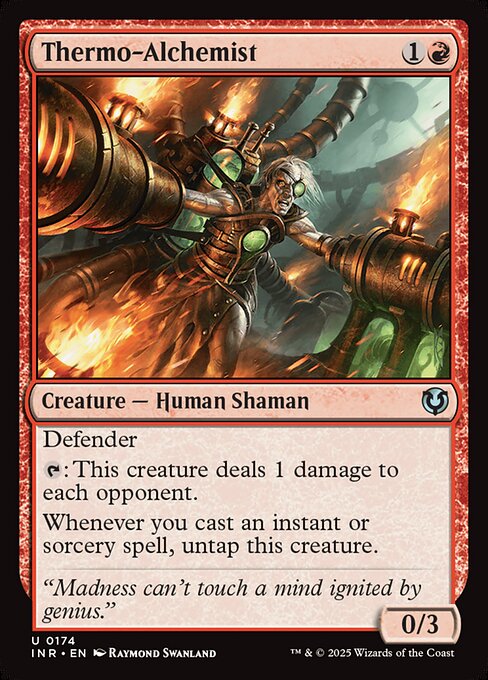
Thermo-Alchemist
-
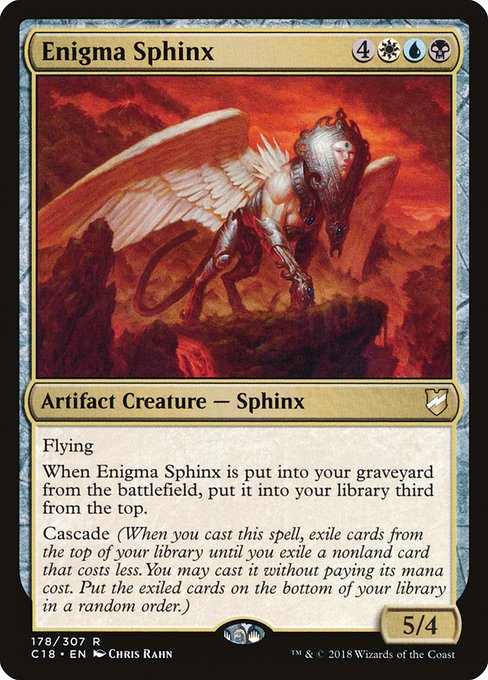
Enigma Sphinx
-

Tireless Tracker
-

Wall of Roots
-

Swords to Plowshares
-
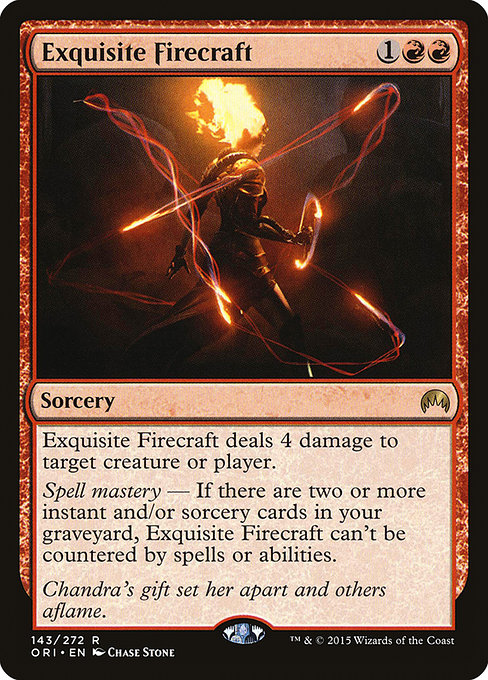
Exquisite Firecraft
-

Slaughter the Strong
Gameplay Summary
The game began with a typical ramp and setup phase for all four players, with the Arcades player quickly establishing a defensive board with walls and drawing cards off his commander’s ability.
Lord Windgrace focused on land ramp and card advantage through his commander’s abilities, while Aminatou set up with value creatures and tutors to manipulate her deck.
Hazoret aimed for an aggressive start with early burn and creatures such as Vexing Devil and Thermo-Alchemist, pressuring opponents early on. A key turning point occurred when the board was partially wiped, but Y's Eldrazi's ability allowed some players to recover creatures.
Luke's Aminatou player capitalized on cascade spells and powerful creatures like Enigma Sphinx and Wormcoil Engine to rebuild a threatening board state.
Meanwhile, Alex’s Arcades deck leveraged walls and ramp to generate card advantage and create large creatures quickly, attacking through defenses with massive beasts enabled by Arcades’ ability.
Martin’s Lord Windgrace deck focused on controlling the board with walls and defensive creatures, using his commander for card draw and land recursion to maintain resources. Later, Phil’s Hazoret deck employed continuous damage output with Thermo-Alchemist and burn spells like Exquisite Firecraft, attempting to whittle down opponents while maintaining board presence with Hazoret.
The game saw complex interactions involving multiple layers of removal, counterspells, and combat tricks, with Luke’s cascade chain and Aminatou’s control elements swinging momentum.
The clash of aggressive and control strategies led to a tense midgame where board wipes and life gain balanced the damage output.
The win condition revolved around leveraging commanders’ unique abilities—Arcades turning walls into threats, Aminatou cascading into powerful spells, Lord Windgrace controlling the battlefield, and Hazoret applying constant pressure with burn and aggressive creatures.















![Commander VS S14E5: Lord Windgrace VS Saheeli VS Aminatou VS Estrid [EDH] thumbnail](https://i.ytimg.com/vi/JC-3BaczJhU/sddefault.jpg)


![Aminatou vs Windgrace vs Oloro vs Yuriko [EDH/Commander Gameplay] 2020 thumbnail](https://i.ytimg.com/vi/E1FW7_4129o/sddefault.jpg)

![Season Finale Fan Special [Commander VS 305] | Magic: the Gathering Commander Gameplay thumbnail](https://i.ytimg.com/vi/4VCbfC4ADDk/sddefault.jpg)







![Commander VS S12E1: Nicol Bolas vs Arcades vs Vaevictis Asmadi vs Chromium [EDH] thumbnail](https://i.ytimg.com/vi/gtfErgL6f9U/sddefault.jpg)
